- Home
- Advertising
- 10 Huge Brands That Committed Suicide
10 Huge Brands That Committed Suicide
Atari, Inc.

Circuit City
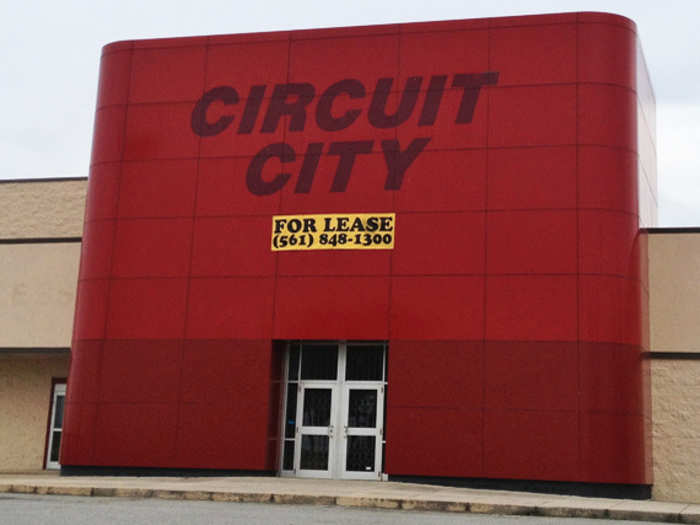
Circuit City flopped for many reasons — failure to manage its inventory and website are two major causes of the electronics retailer's decline.
What makes the Circuit City case unique, however, is the lesson in the value of one's best employees.
In March of 2007, Circuit City set itself on a slippery slope when it fired 3,400 of its highest paid workers. The company said that replacing these employees with those willing to work for less was part of an effort to improve the bottom line.
Analysts were quick to note an almost immediate decline in Circuit City's business. About 60 percent of the employees fired held in-store positions: "...this is clearly why April sales were worse," said Tim Allen, an analyst with Jefferies & Co. "They were replaced with less knowledgeable associates."
The Washington Post reported that the job cuts were "backfiring." By early 2009, all of Circuit City's stores were closed.
The XFL
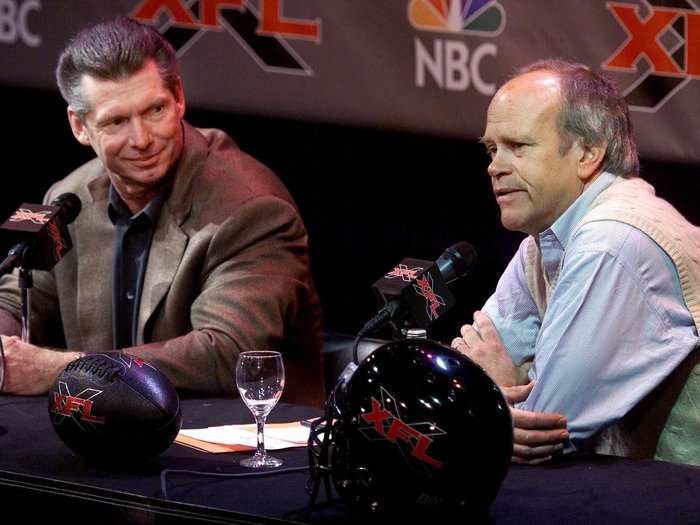
The XFL was a highly televised sports league that combined football and professional wrestling. Organized in 1999, it was a joint venture between NBC and the World Wrestling Federation. Setting records for the lowest primetime ratings in television history, the league was discontinued after just one season.
Dubbed the biggest sports bust of all time by ESPN, the XFL brought NBC and the WWF to a combined $70 million loss. Nevertheless, NBC Sports chairman Dick Ebersol reflected on the league as "one of the most fun experiences of my life." Very, very expensive fun.
Hummer

In an age of environmental awareness, marketing the largest SUV known to man was no easy feat. In 2010, G.M. proved that it was actually impossible when it closed the 18-year-old Hummer brand for good.
"Over the years," reported the New York Times, "Hummer shifted from a brawny status symbol...into an automotive pariah." By the time former Hummer enthusiast Arnold Schwarzenegger cited the brand as a prime example of Detroit automakers' failures, it was already too late. With oil prices on the rise, the Hummer's low gas mileage (10 MPG) was simply obsolete.
G.M. tried to sell the Hummer brand to Sichuan Tengzhong, a Chinese manufacturer, but the Chinese Government did not approve the sale on environmental grounds. Yes, the Hummer emitted too much pollution even for the Chinese.
Pets.com
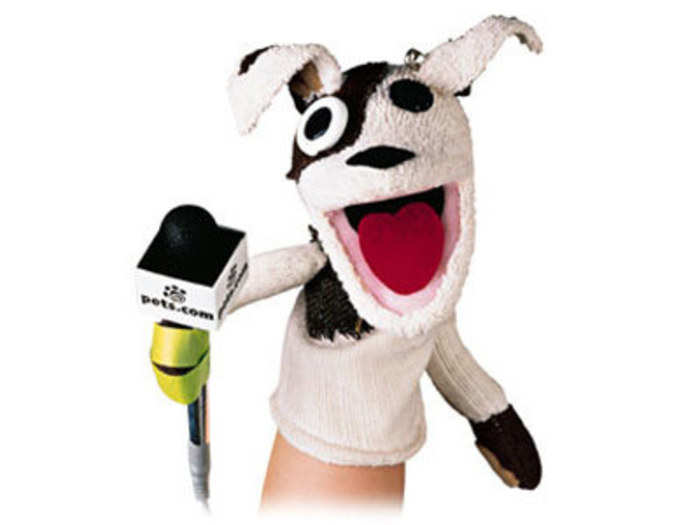
Pets.com is the poster child of the dot-com bubble's catastrophic bursting.
Launched in 1998, the pet supplies website went public in February of 2000. A hugely expensive marketing effort, together with massive investment in website-based companies at the time, resulted in overvaluation of the e-commerce site. The company failed within a year of its IPO.
The Pets.com model was unwisely built upon early marketing investment and no actual market research. The company succeeded in making its sock puppet spokesman well known, but ultimately found little demand for its services. Upon realizing it had no chance of raising the $300 million a year required to break even, Pets.com folded.
DeLorean
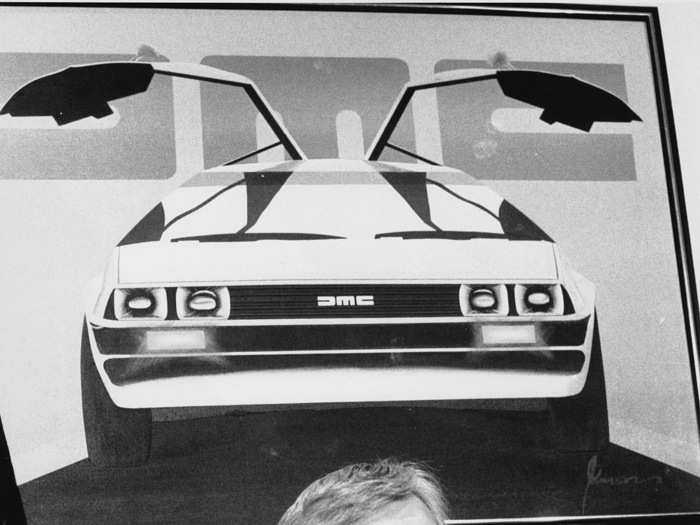
The DMC-12, familiar to many from the Back to the Future movie series, fared better onscreen than in practice. Poor production quality, uncompetitive pricing, and a drug-trafficking scandal ensured the DeLorean brand's collapse after only seven years in existence.
Released in 1981, the car was well-received by a limited population of hobbyists, but the general public was not convinced—sales failed to exceed 6,000 units (the company's break-even point was estimated to be 12,000).
In 1982, founder John DeLorean was arrested for smuggling cocaine worth $24 million into the U.S. It was alleged to be an effort to salvage his struggling brand. Though he was ultimately acquitted, the DeLorean Motor Company was not so lucky; the company went bust that year.
Polaroid
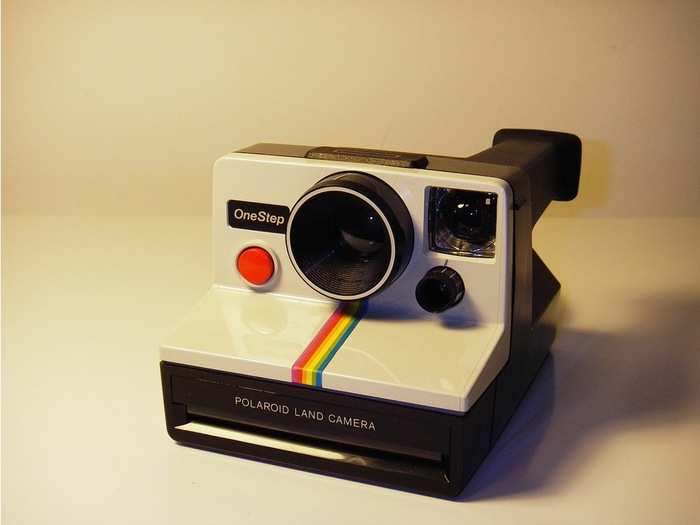
Polaroid, the all-time leader in instant photography, was doing research into digital photography as early as the 1960s. By 1989, 42 percent of the company's R&D resources were going towards digital. So why did the brand fail?
Research from Yale University School of Management suggests that false assumptions about the changing photography industry ultimately sunk Polaroid. In a 1985 letter to stockholders, CEO Gary DiCamillo insisted that "As electronic imaging becomes more prevalent, there remains a basic human need for a permanent visual record." This hugely mistaken reasoning was at the heart of company's decline.
"It's amazing, but kids today don't want hard copy anymore," DiCamillo said in 2008, about 20 years too late. Camera production stopped in 2007; film followed in 2009.
The Sharper Image
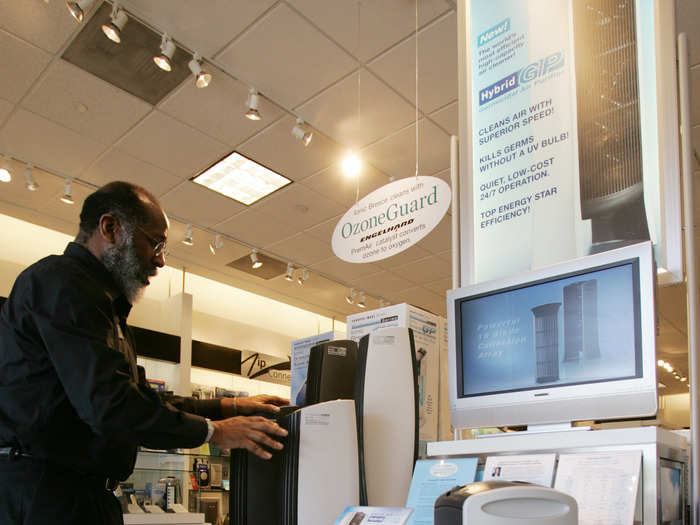
The Sharper Image opened up shop in 1977. For 31 years, the consumer products retailer controlled the market in expensive, obscure gadgets. It was an unfavorable review of one such item, however, that would mark the beginning of the end for the brand.
In 2002, Consumer Reports released an article about air purifiers, specifically targeting a Sharper Image model — the Ionic Breeze Professional. The report concluded that the purifier released unhealthy levels of ozone into the space it occupied.
The Sharper Image sued Consumer Reports for libel, but the lawsuit was quickly dismissed. The Sharper Image faced its own lawsuit from an owner of the Ionic Breeze, which it settled in 2007 with several expensive concessions. The concessions, combined with huge losses in sales, led to the company's bankruptcy in 2008.
Borders
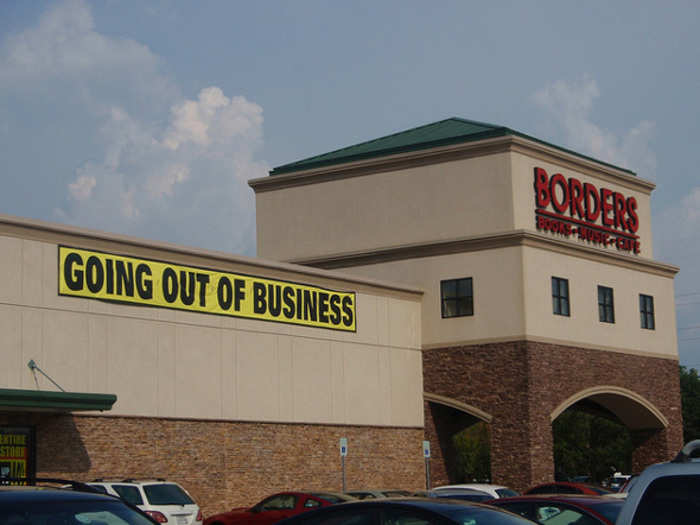
The 2011 bankruptcy of Borders symbolized the wider changes taking place in the book publishing industry. However, several strange decisions ensured the death of the Borders brand while competitor Barnes and Noble marched on.
Borders failed to release an e-reader in a timely fashion. Amazon's Kindle came in 2007, and Barnes and Noble released the Nook in 2009. Borders, on the other hand, waited until 2010 to release its Kobo — by then, it was too little too late.
The e-reader lag definitely hurt Borders, but many say it was a 2001 deal with Amazon that ultimately did the company in. A decision to pay Amazon.com to run the Borders website essentially set up a "customer-harvesting vehicle" for Amazon, inadvertently funneling business away from the bookstore and to the e-commerce giant.
In the runup to 2011, the company posted five straight years of losses totaling over $900 million.
Bre-X Minerals

In the early 90s, Bre-X Minerals was a small Canadian mining operation with little market value. In 1993, Bre-X geologist Michael de Guzman estimated enormous gold reserves at one of the company's sites in Busang, Indonesia. Three years later, Bre-X was valued at over CAD $6 billion, and funds continued to flow in as investor confidence soared.
Then, de Guzman supposedly fell from a helicopter and was eaten by animals. Speculations began to swirl that the Busang gold deposits were hugely overestimated.
As it turned out, the prospect of gold in Busang was a hoax. In 1997, the company collapsed. At over $2 billion in immediate investor losses, the Bre-X scam is one of the most extreme examples of stock scandal in Canadian history.
Here are some brands in a death spiral right now ...
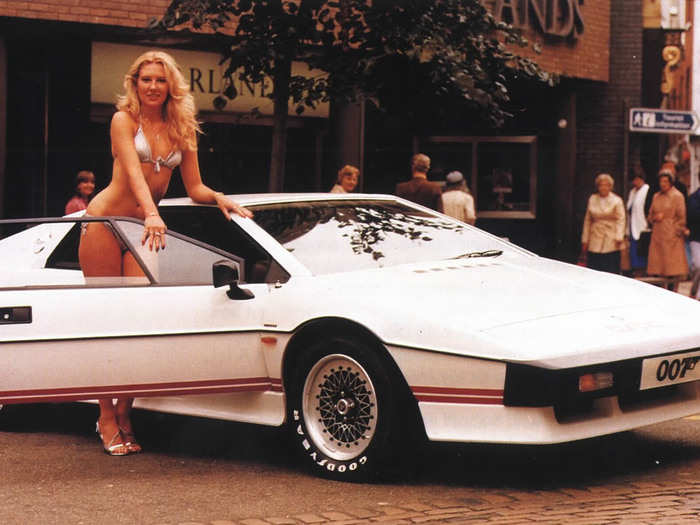
Popular Right Now
Popular Keywords
Advertisement